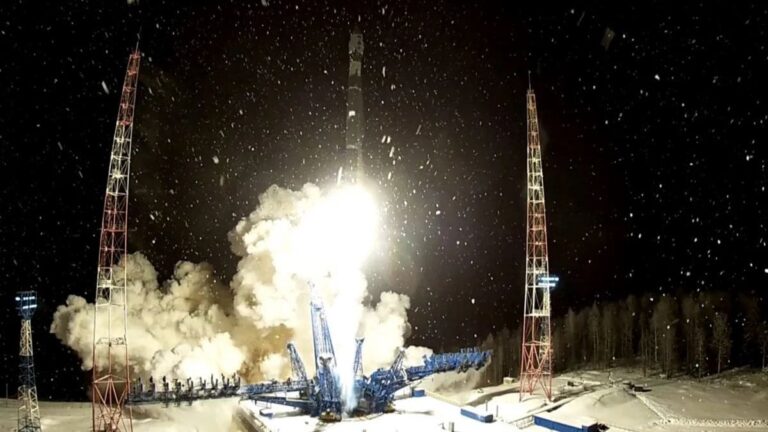Fossil Evidence Shows Plants Survived The End-Permian Mass Extinction in China
Fossils Unerthed in China Sugged that the End-Permian Mass Extinction, which wiped out Around 80% of Life on Earth Nearly 252 Million years ago, May not have been found as catastrophic for Plant Lifle. This period, knowledge as the “great dying,” Saw Extreme Volcanic Activity from the Siberian Traps, Leading to Drastic Increases in Carbon Dioxide Levels, Severe Global Warming, and Ocean Acidication. While Marine Ecosystems Suffered a Near-Total Collapse, New Evidence Indicates that Some Terrestrial Plant Life Endured the Crisis. A site in Present-day Northeastern China has Reveled Fossilized Remains of Gymnosperm Fores and Ferns, Pointing to a Region Where Vegetation Managed to PersisT Despite The Mass ExTINITION event.
Evidence from Rock layers in Xinjiang
According to astudy Published in Science Advances, Researchers Examined Rock Formations in Xinjiang, China, That Date Back to the Period of the Great Dying. Lead Author Wan Yang, A Professor of Geology and Geophysics at Missouri University of Science and Technology, stated In an interview with live science that mass plant extraction was not observed in this region. The Rock Layers Contained Fossilized Spores and Pollen, Showing a Gradual Shift in Plant Species Rather than a Sudden Collaps and Regrowth. Yang highlighted that this finding challenges the assumption that land ecosystems suffred the same level of devastation as marine environments during this period.
Climate and Location Played a Role
The research sugges that regions with humid climates and access to water Bodies may have served as refuges for plant life. Similar patterns have been observed in south america and Africa, where high-latitude locations appear to have provided more Stable Conditions for Vegetation. Josefina bodnar, a paleobotanist at the national university of la plata in argentina, who was not involved in the study, explained to live science that plants that plants, possesses survival adaptations Deep-Roted Structures and long-long-longes, which may have helped them endure extreme conditions.
A different impact on land and Sea
The study also supports the idea that land ecosystems experience a crisis raather than complete extraction. Robert gastaldo, an emeritus professor of geology at colby college, stated that the term “Extinction” Extinction “May Not Accurahetely Describe What Occurred on Land. He pointed out that while marine life has no escape from Ocean Acidification, Terrestrial Organisms Cold Migrate to More Temperate regions or Adapt to Changing Conditions.
Lessons from earth’s past
The End-Permian Extinction Has Drawn Scientific Attention Due to its Parallels with Modern Climate Change. Research has shown that greenhouse gas emissions from Volcanic activity during time reacted levels comparables comparable to those expected from Human activity by the end of this century. Devin Hoffman, A Researcher at University College London, Told Live Science that Study Past Climate Cries Block Offer Insight Insto The Potential Long-Term Impacts of Rising ATMASPHRIC CARBON Dioxide levels today. Gastaldo further noted that the geological records as a historical account of how extreme environmental shifts have affected life on Earth, Providing Valuable CONTEXT for Climate Concerns.
For the latest tech news and reviews, follow gadgets 360 on X, Facebook, WhatsApp, Threads and Google NewsFor the latest videos on gadgets and tech, subscribe to our YouTube channelIf you want to know everything about top influencers, Follow our in-House Who’sthat360 on Instagram and YouTube,

Samsung Galaxy S25 Edge India Launch Antich ANTICIPATED As HandSet Reportedly Surfaces on Bis Website
Infinix Note 50 Pro+ Live Images, Price Leaked; Said to launch globally on March 20








